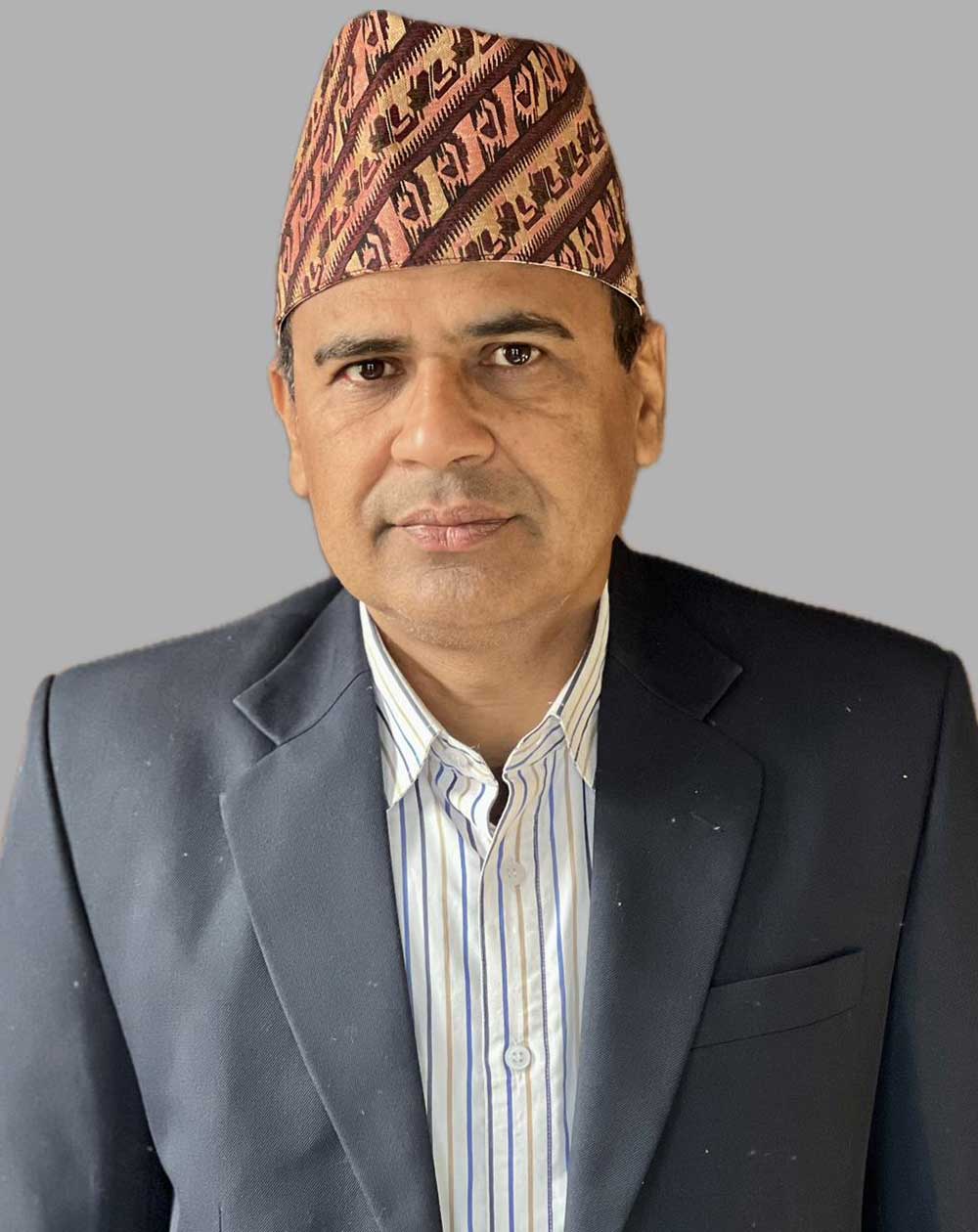
दक्षिणकाली हातामा ब्रम्हायणी, महेश्वरी, कुमारी, बाराही, इन्द्रयणी, चामुण्डा, गणेश र भैरब लगायत देवदेवीका मूर्ति छन् । शनिबार र मङ्गलबार दर्शनार्थीको भिड लाग्छ । तिर्थालुहरु कुखुरा, हाँस, राँगो, र बोकाको बली चढाउँछन् । यहाँ बडा दसैँका बेला विशेष मेला लाग्छ ।
पहिला दक्षिणकाली मन्दिर बज्रयोगिनीभन्दा माथि नर्गचो डाँडामा थियो । संस्कृतिविद् सुरेन्द्र मानन्धरकाअनुसार लिच्छिवी राजा प्रताप मल्लले आफना तान्त्रिक गुरु लम्बकर्ण भट्टाको सहयोगमा नदीको दोभानमा मन्दिर बनाएर श्यामवर्ण मूर्ति स्थापना गरेका हुन् । सपनामा दक्षिणकालीले आफनो वास्तविक रुपको मूर्तिसहित मन्दिर बनाउन आदेश दिएकाले राजाले नेपाल संवत ७७४ मा दोभानमा मन्दिर बनाएको भनाइ छ । दक्षिणकाली मन्दिरको दक्षिणमा दक्षिणकालीको माता स्थान छ । त्यहाँ ठूलो ढुङ्गा छ । त्यसमा कालीको पूर्णकदको मूर्ति छ । पहिलापहिला गोपालेश्र महादेवको दर्शनपछि मात्र दक्षिणकालीको दर्शन गर्ने चलन थियो । फपिङ–हेटौंडा सडकमार्गसँग जोडिएको मन्दिर क्षेत्र वनभोजस्थलका रुपमा समेत स्थापित भइसकेको छ । यही मन्दिरको नामबाट दक्षिणकाली नगरपालीकाको नामकरण गरिएको हो ।
There is a stone-idol located at south-west corner at a distance of about a furlong at the hill above from the temple of Goddess Dakshinkali. According to the hearsay of the local people, the Divine Energy of the said stone idol was very much violent and to mitigate the violence of the said idol, the stone- image of the Goddess was established. The said stone-idol is known as the mother of the Goddess Dakshinkali.
Goddess Dakshinkali is situates at a hilly place nearby pharping located at a distance of 18 km. south from Kathmandu Valley. This Goddess Dakhinkali is recognised as a very important alter of Divine Energy. The temple of the Goddess is renowned by the name of the Goddess herself in national and international areas. There is a belief that the Goddess Dakshinkali which was being respected as incorporeal and spiritual gave a Darshan (to show one’s own appearance) to King Pratap Malla in his dream at night and advised the King that the Goddess Dakhinkali be made manifested by setting up the idol of the Goddess. Accordingly the King ordered to prepare the stone-idol of the Goddess Dakshinkali which is also known as Dakshinkali Aamnaayanaayikaa, and performed the work of consecrating the image of the Goddess in the temple in a traditional manner pertaining to the Tantras at the meeting place of two holy rivulets named as Poornabati (emblem of completeness) and Udhdarbati (emblem of salvation). (Since the ruling period of King Pratap Malla was from 1698 to 1731 Bikram Era, therefore it is assumed that the consecration of image of the Goddess Dakshinkali was held in the same period.) The incarnation of the Goddess Dakshinkali is of the Goddess Chamunda and is postured at of a corpse. There are images of Goddess of Sapta Matrika (Seven Divine Mothers) such as Naarsinghi, lndrayani, Baraahi, Vaishnavi, Kumari, Maheshwari and Brahmi and the God Ganesh installed to the right of the Goddess Dakshinkali and the image of the Lord Bhairav is installed at the front, When road transport was not available, the devotees of the Goddess used to go on foot from Kathmandu Valley. The way to go to the temple of the Goddess was also the shortest trek-route for India which helped to publicise the venerableness of the Goddess Dakshinkali extensively.
